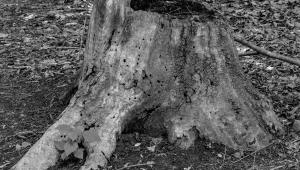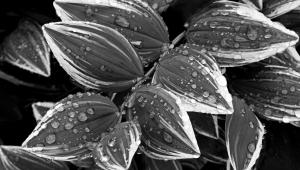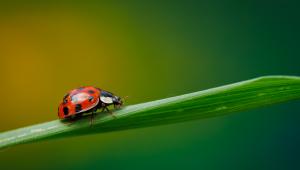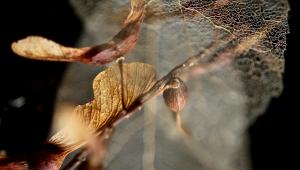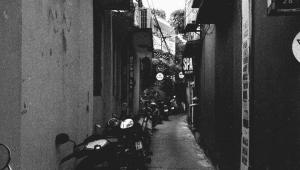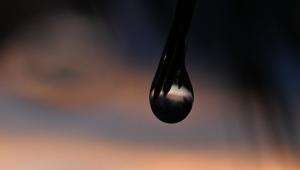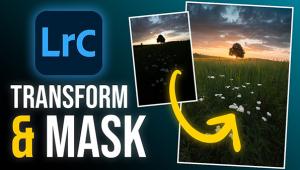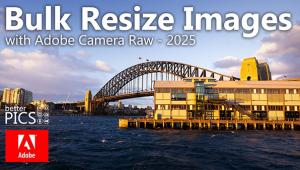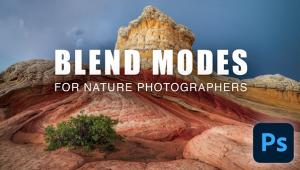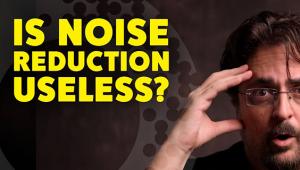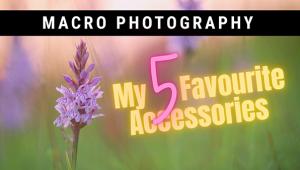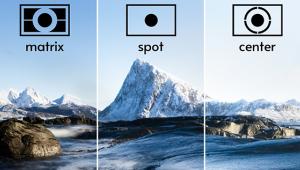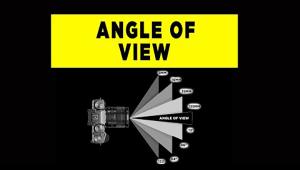Help!
Here Is A Quick Tip List On Letters
For The HELP! Desk:
Please confine yourself to only one question per letter. Both postal letters
and e-mails are fine, although we prefer e-mail as the most efficient form of
communication. Send your e-mail queries to editorial@shutterbug.com
with Help in the subject header and your return e-mail address at the end of
your message. Although we make every effort, we cannot promise to answer every
HELP! letter.
When sending a response or suggestion that refers to a published letter please
include the month and page of the original question.
All postal letters to HELP! must be accompanied by a stamped, self-addressed
envelope to be considered for reply. We will respond to e-mail queries with
an e-mail.
Pancolar More Than Prototype?
I was reading your Help! column on the Internet (www.shutterbug.com) and saw
the question from JC Meyer (August 2007) about whether the 75mm f/1.4 Pancolar
lens was made beyond the photokina prototype. Yes, CZJ (Carl Zeiss Jena) made
50 preproduction lenses in 1966 and 500 production lens in '69. I own
one of the preproduction lenses. If JC Meyer is interested in exchanging information
about the 75mm f/1.4 Pancolar and the Pentacon Super, he can get in touch with
me.
Denis Pelletier
via Internet
Thanks for sending information on the Pancolar lens reader JC Meyer had inquired about earlier. I'm sending your e-mail address to him in case he wants to contact you for further information. That was quite fast speed for a 75mm focal length in that era. We appreciate your providing this updated and detailed data.
Full Frame Vs. APS-C: The Glass Counts, Too
While I appreciate the comments from Mike Jankowski (January 2008, page 185),
and they are mostly correct, he goes a bit too far. My 16-35mm f/2.8L Canon
glass is most definitely not for a "cropped" camera, as it works
on both the 5D and on 35mm film cameras, so his statement that "anything
starting with 16, 17, or 18 is for a `cropped' camera" is
incorrect--though he is likely correct in this particular case, unless
the owner had an old 35mm lens he was using. I'd also like to remind readers
that while the 5D is a great camera (I own two of them) it's not going
to shoot to its potential unless the glass is matching in quality. I have seen
many dealers selling great cameras with inferior glass (I saw a guy toting a
1Ds Mark II with an after-market 28-300mm zoom), and while I won't fault
after-market glass for the price, it is true that you get what you pay for--my
Tamron glass does not equal my Canon L glass, but I don't expect it to
since I paid a third of Canon's price. Also, after-market manufacturers
extend the zoom ratio at a loss in quality, not important to most amateurs but
worth considering if you shoot professionally. I might use a 28-300mm zoom on
vacation or at a family picnic for convenience, but generally 4x is the limit
for good quality throughout the range.
Brent Yaciw
Photography by Brent Michael
Elkhart, IN
While some of what you say might be subject to debate as well, it's great to get comments from actual users of all types of equipment.
Kodak Six-20
Q. I have recently been given a Six-20 Kodak B Art Deco camera. Can you give
me some advice on what to do with it, such as if it's worth selling, keeping,
etc.? It seems in lovely condition.
Mellissa
via Internet
A. On checking my copy of the authoritative reference book, Kodak Cameras: The First Hundred Years by Brian Coe, I find that there are literally dozens of Kodak Six-20 cameras made from the 1930s through the `50s. I'm not sure if you have a box camera or one of the newer metal-bodied models that have both sides that bevel toward the front, thus are not actually square or boxy. They have an eye-level viewfinder on the top. Several of the older, more rectangular yet squarish box Brownies with parallel sides do have vertical and horizontal patterns in chrome on the front around the lens, which often are referred to as Art Deco. You look down into a window on the top or side to compose the picture on box cameras. These cameras are listed as having a current price of $1-$20 in the 11th Edition of McKeown's Price Guide to Antique & Classic Cameras 2001-2002, which is considered one of the best price guides available. Without more specific information about exactly which model Six-20 Kodak camera you have, that's about all the data I can provide. It is probably most suitable for display around your home as the value does not appear to be substantial, unless you have one of the more rare, limited production models such as the Six-20 Boy Scout Brownie with a Boy Scout logo on the front, which commands $150-$250.
Photographer Seeks Printer
Q. I am a professional landscape photographer who has recently moved my business
base here to the US. I am looking for someone to take care of my printing needs.
Cost is not a problem. I am looking for the best in quality. Could you point
me in the right direction?
Gareth
via Internet
A. Check the Photo Lab Showcase listings in each issue of Shutterbug. It's a directory of labs nationwide that serve working pros.
